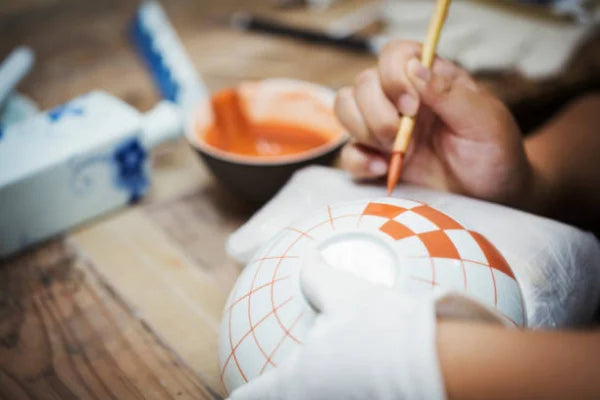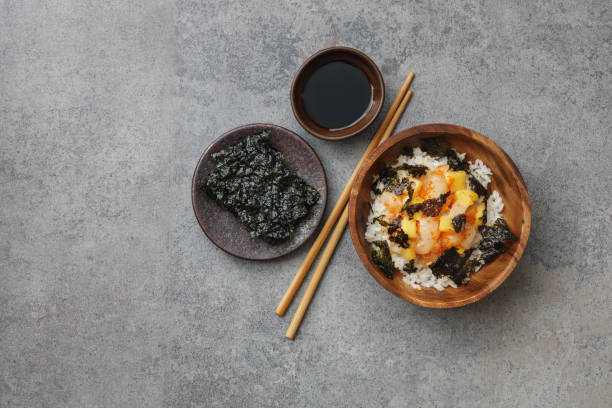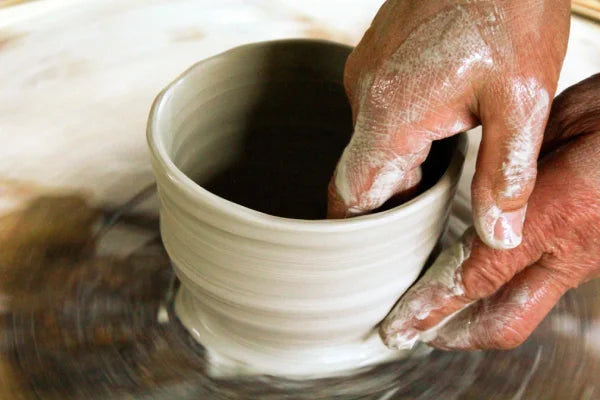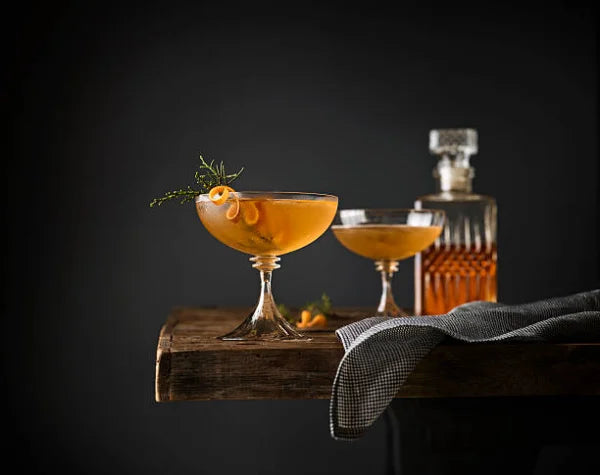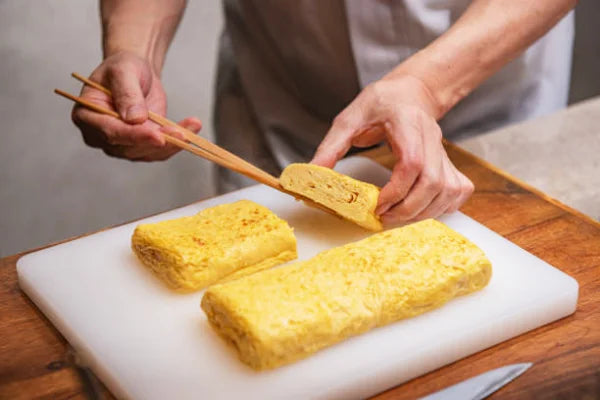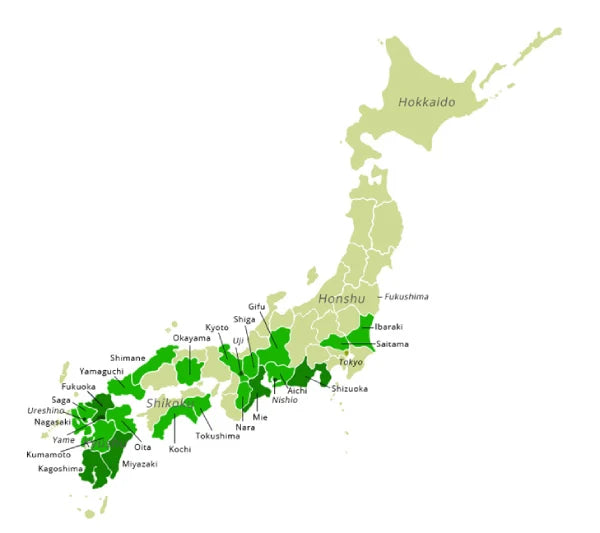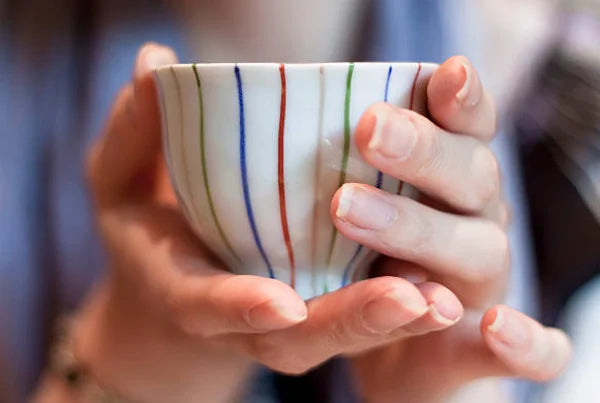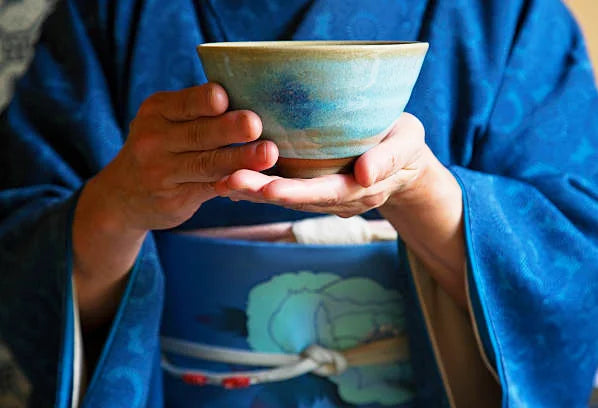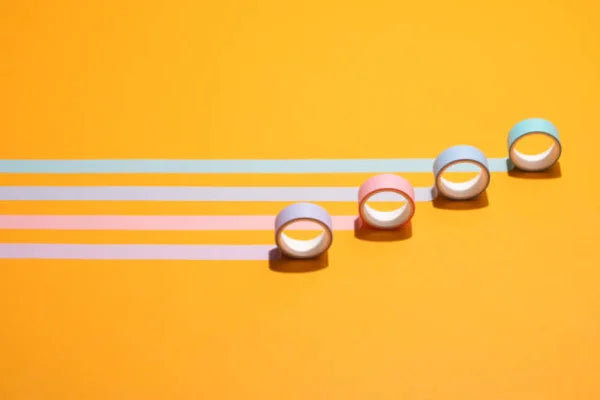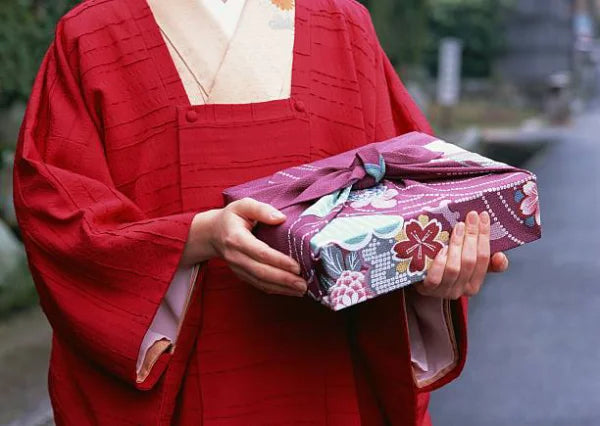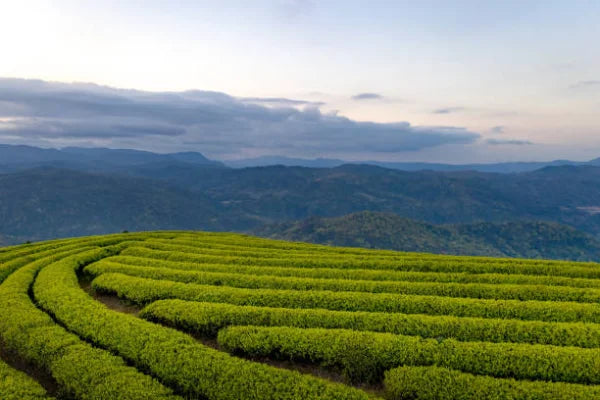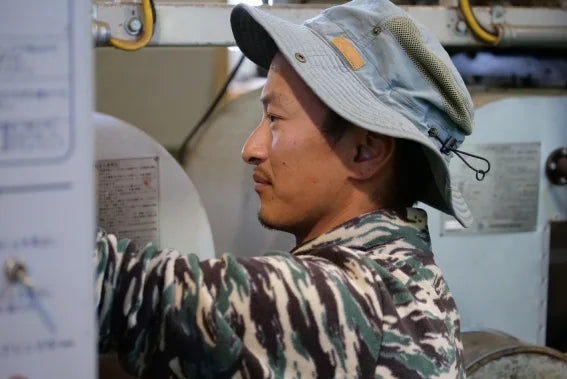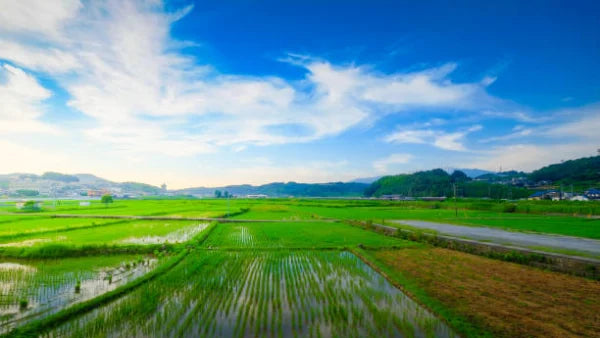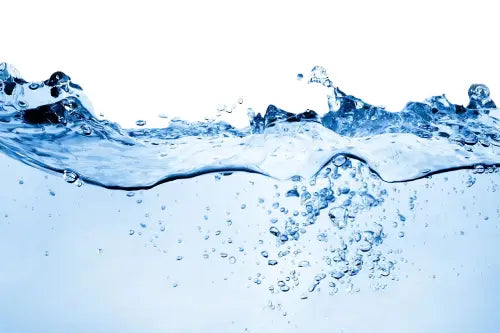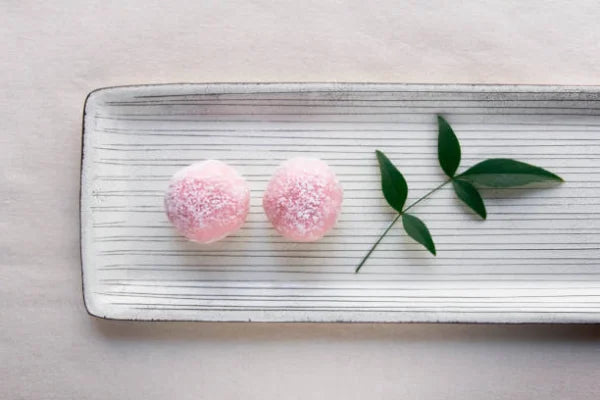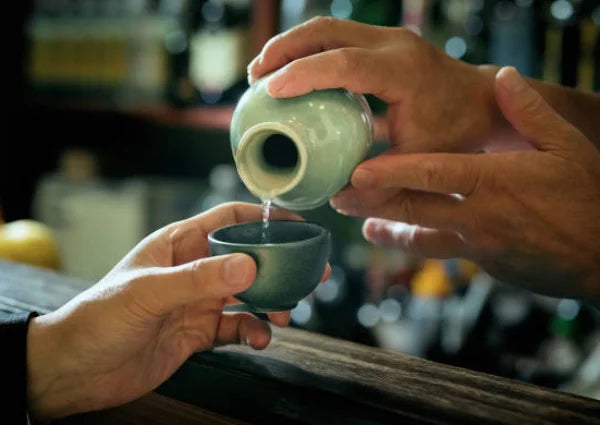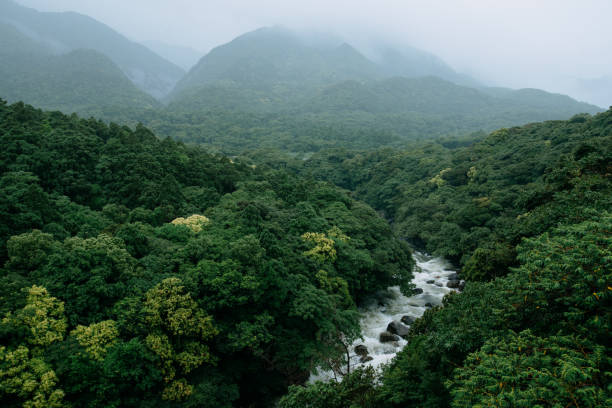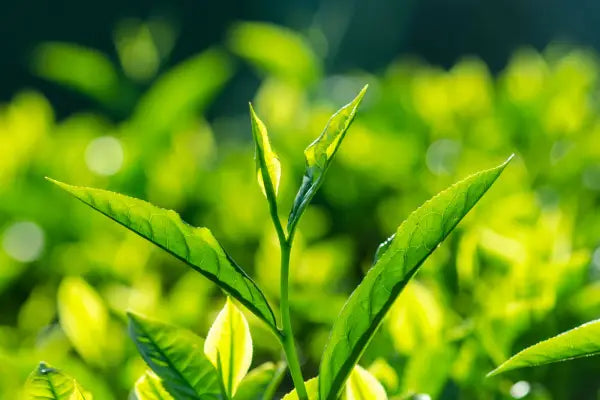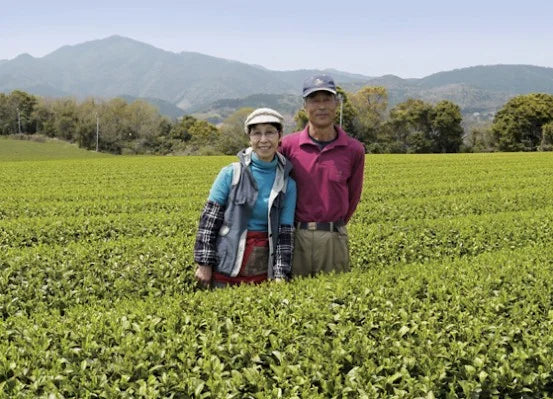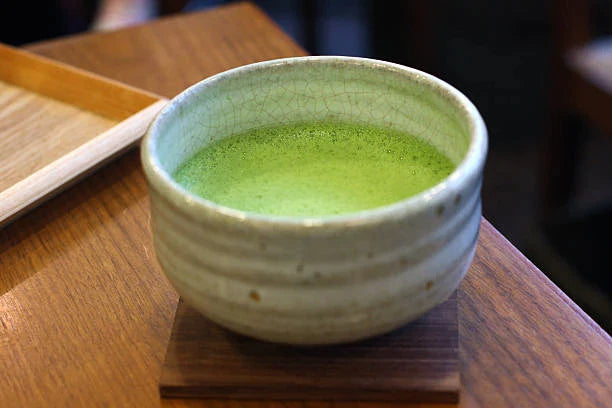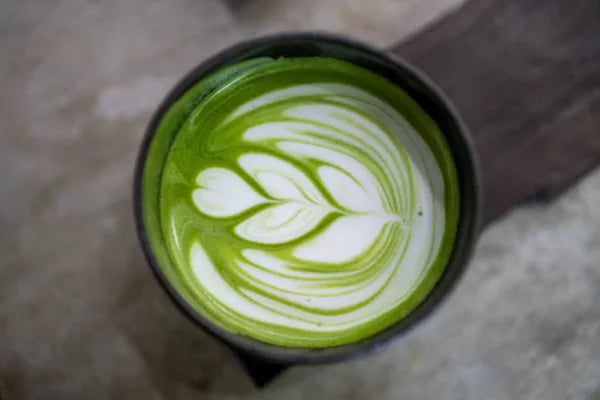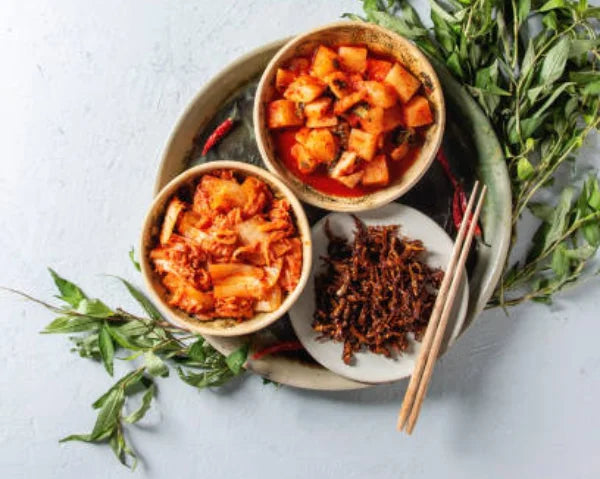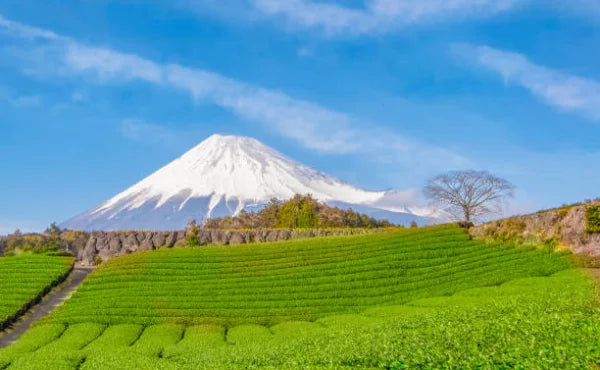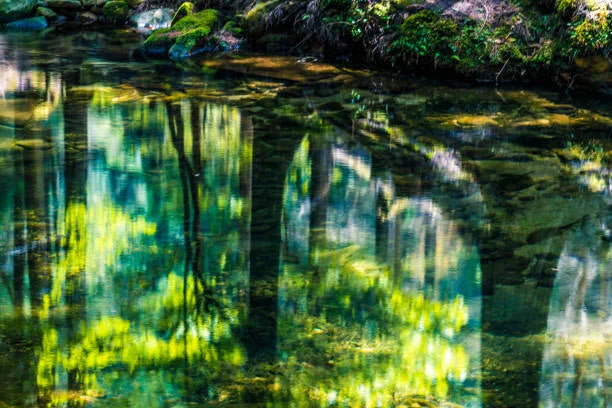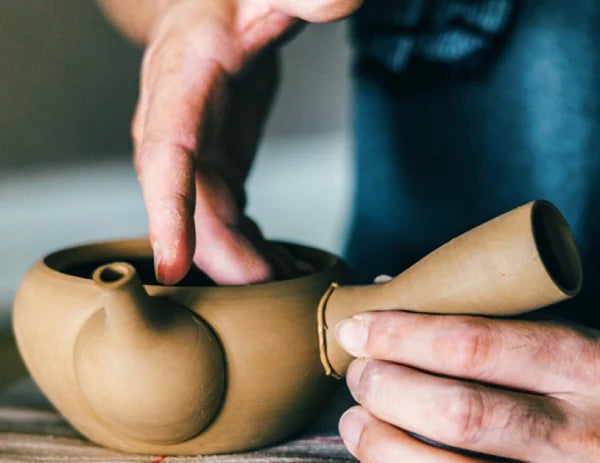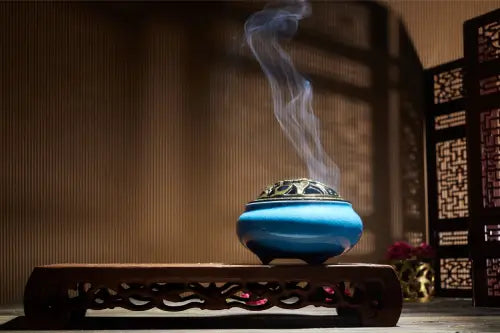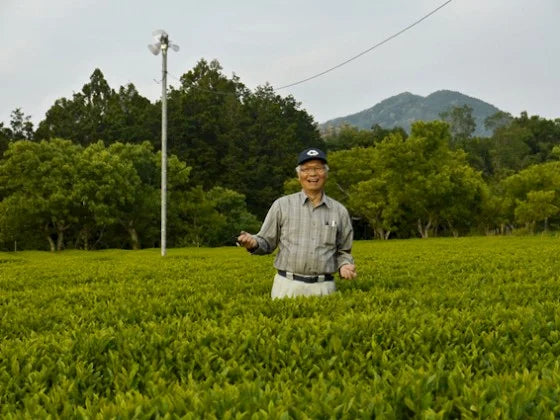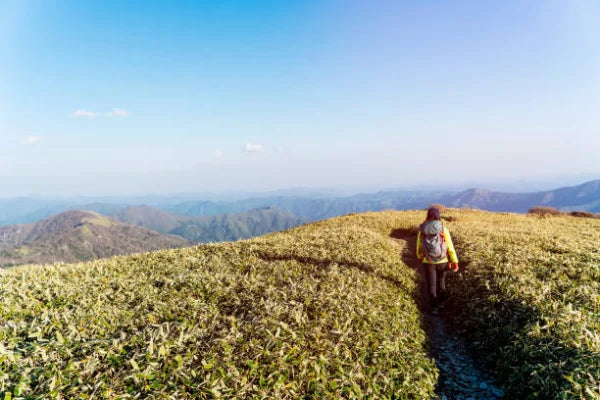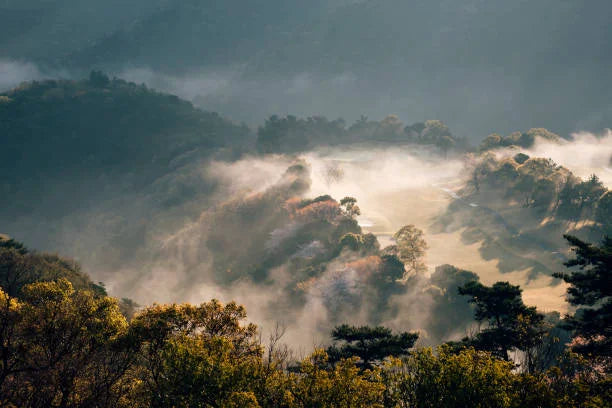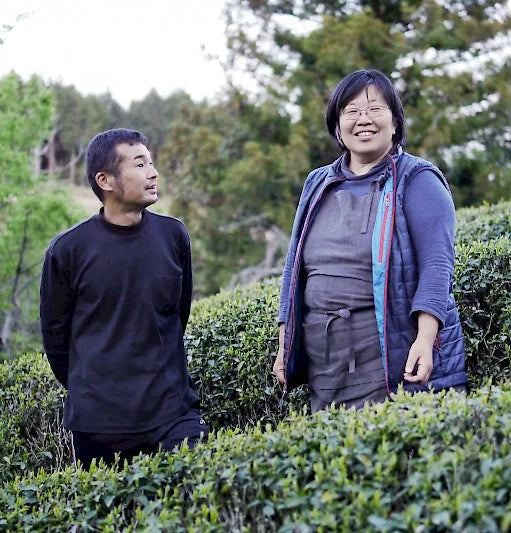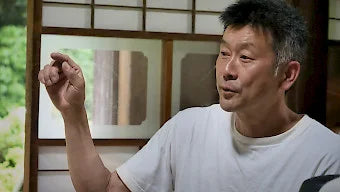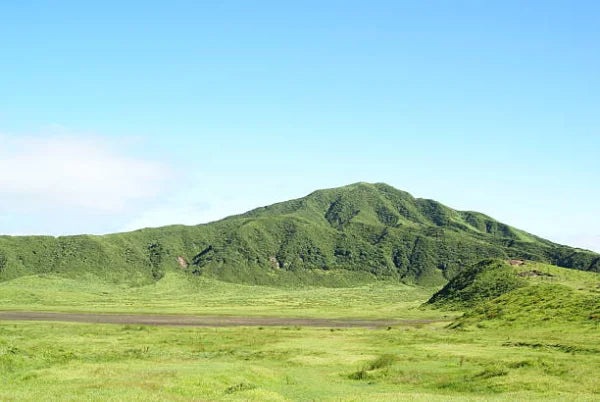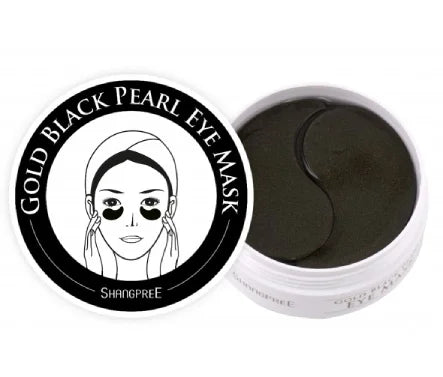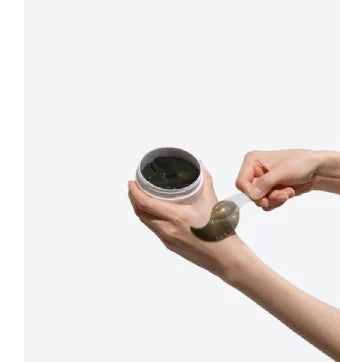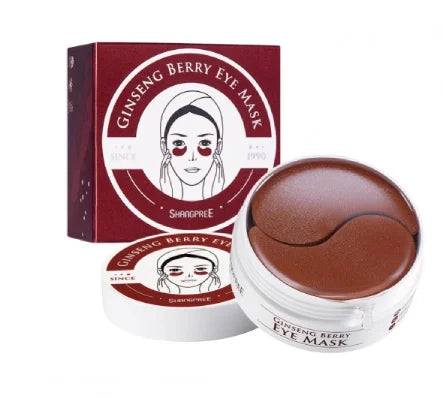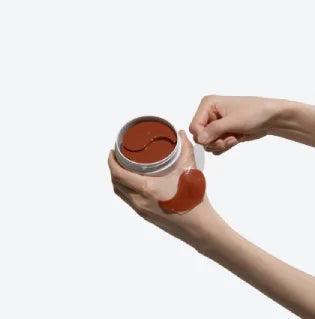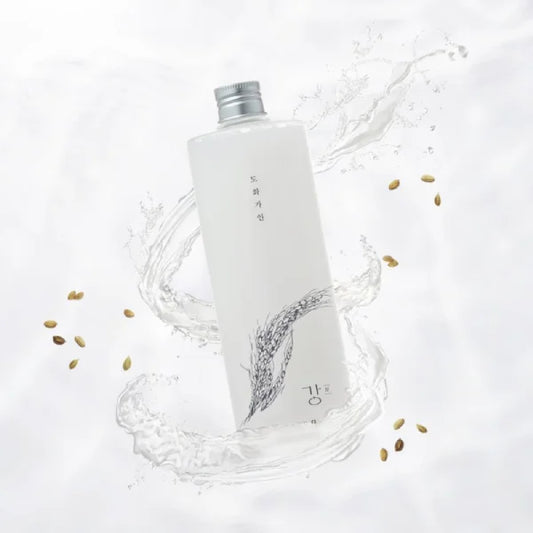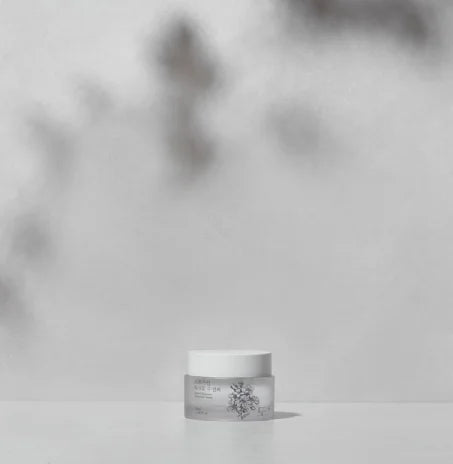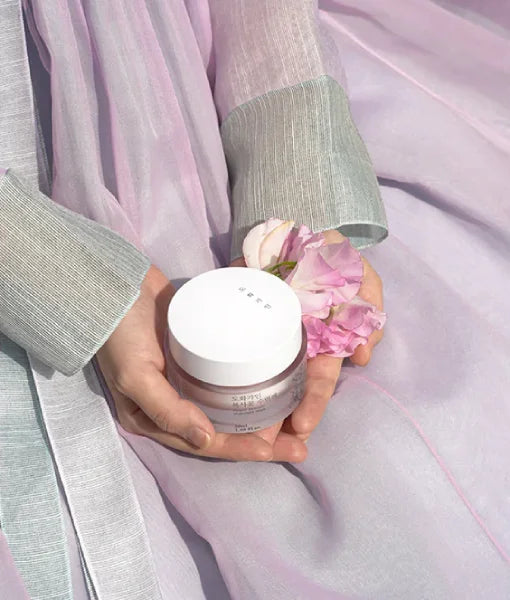Explora nuestras categorías
-

Celebraciones
Celebra los momentos especiales con los tuyos.
-
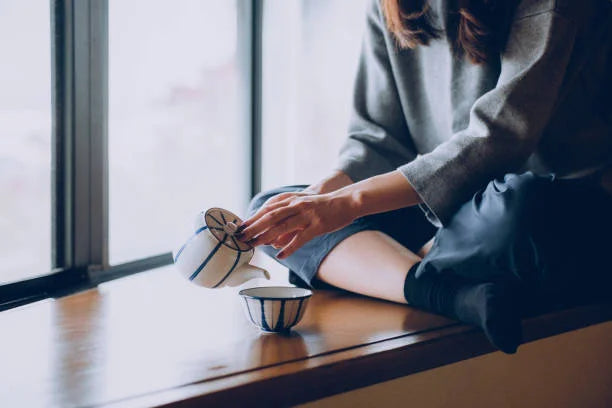
Accesorios
Disfruta preparando tu té con los mejores accesorios.
-
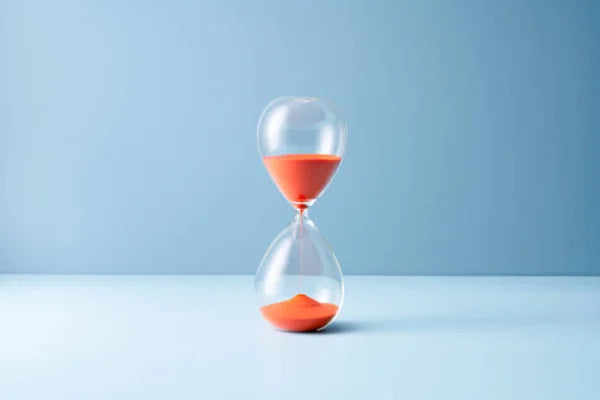
Última oportunidad
Hazte con tus tés y artículos favoritos antes de que se agoten.
-

Menos de 10 €
Regalos originales, únicos y exclusivos por menos de 10 €.
-

Aire de primavera
Disfruta de los sabores, aromas y diseños únicos.
-
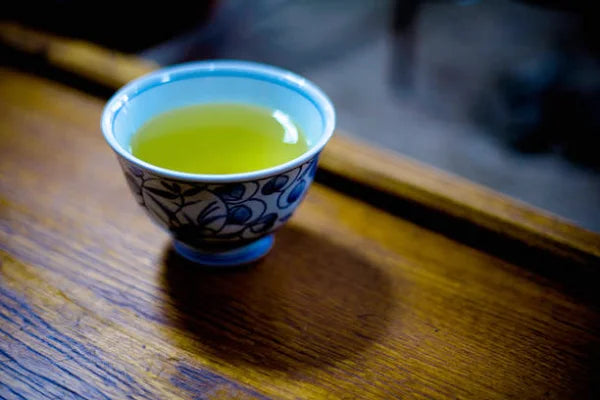
Té verde 緑茶
El más consumido y apreciado dentro y fuera de Japón.
-
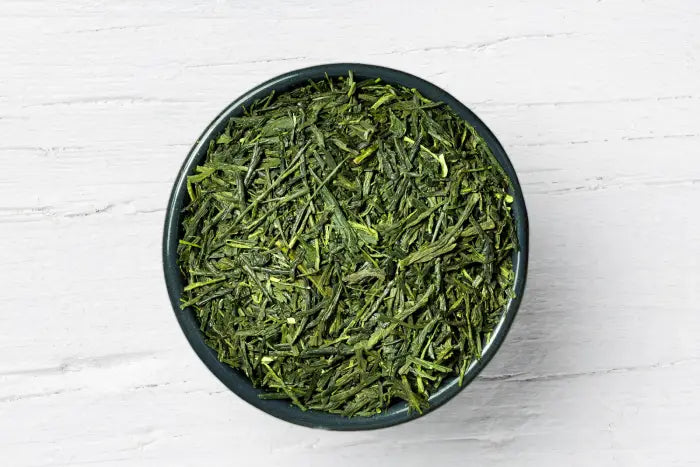
Té en hoja
Tés extraordinarios para paladares exigentes.
-
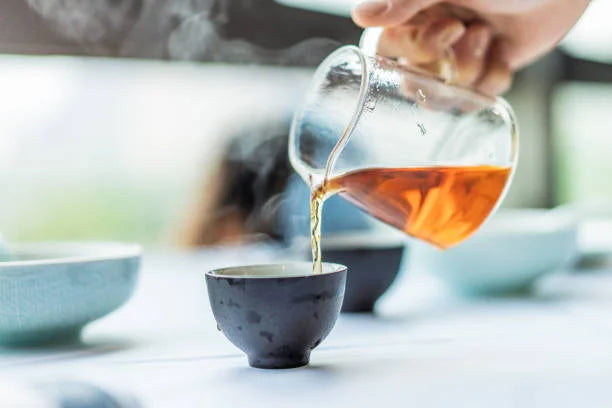
Todos nuestros tés
Disfruta de nuestra amplia gama de té japonés de autor provenientes de...
-
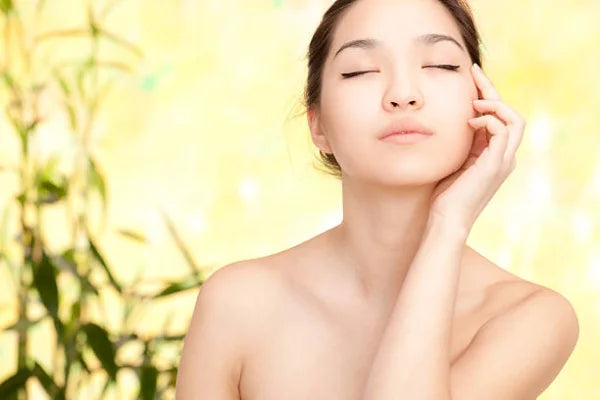
Cosmética asiatica
Cuida de tí y de los tuyos.
-

Tús favoritos
Tus tés y productos favoritos.
-
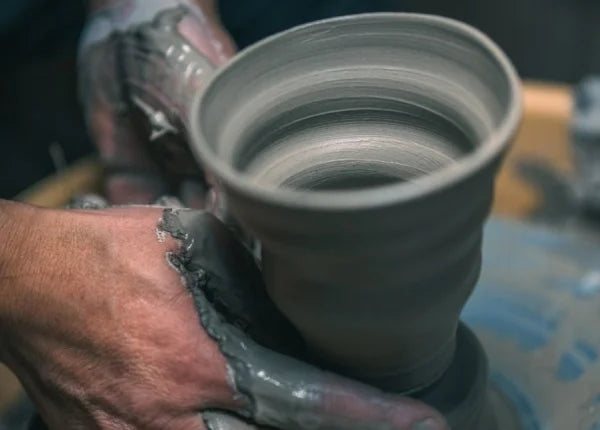
Shigarakiyaki
Artesanía tradicional japonesa de la prefectura de Shiga.
-
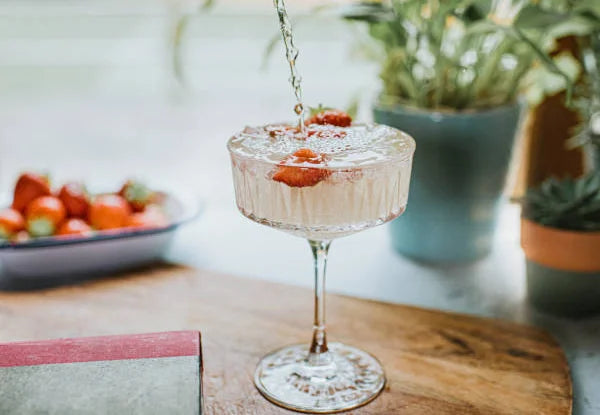
Coctelería
Deleita tus sentidos con aromas y sabores exquisitos.
-
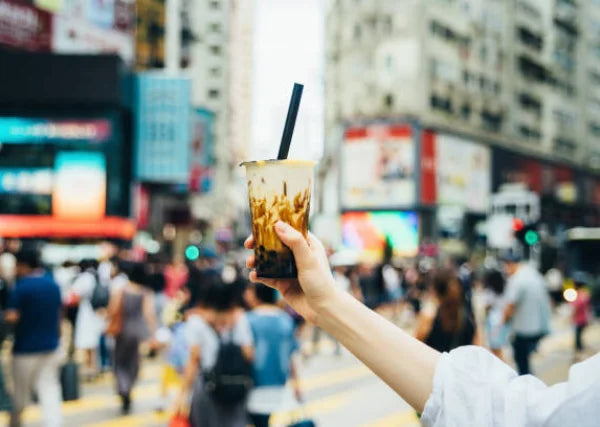
Bubble Tea
Prepara un delicioso té boba de forma fácil, sencilla y divertida.
-
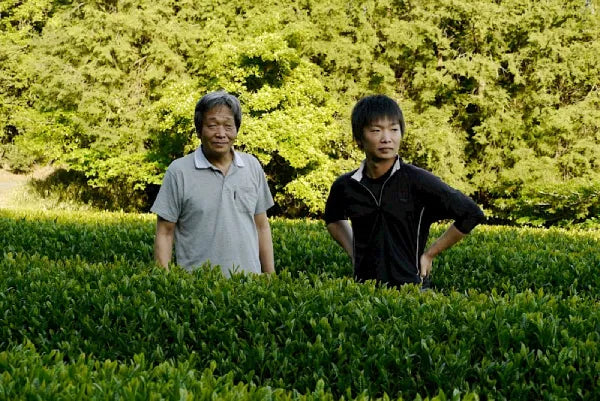
Cultivadores
Descubre nuestras familias cultivadoras.
-
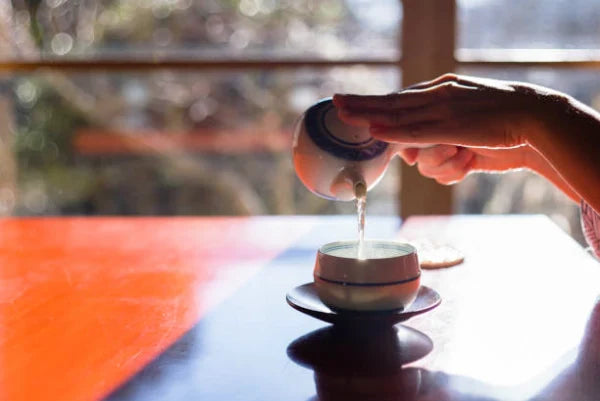
Teteras japonesas
El té de calidad merece ser preparado en una tetera japonesa artesanal.
-
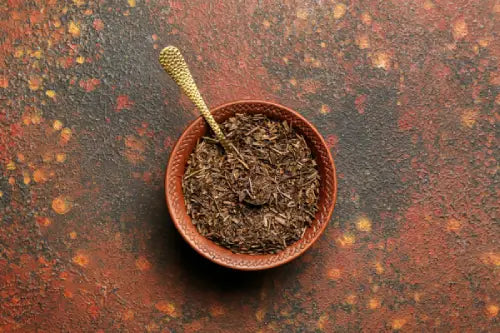
Poca cafeína
Todo el sabor, menos cafeína.
-
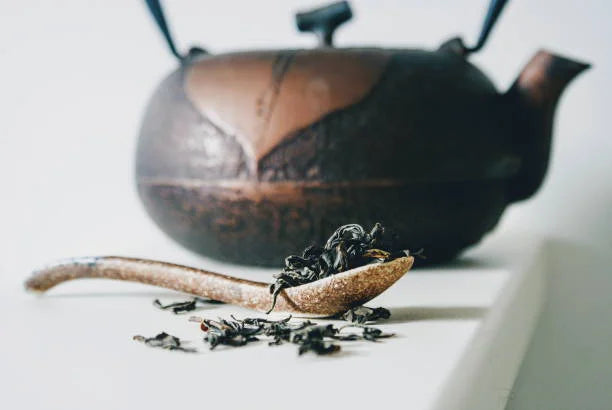
Tés únicos
Más allá del té verde... Deleita tus papilas gustativas con sabores únicos.
-
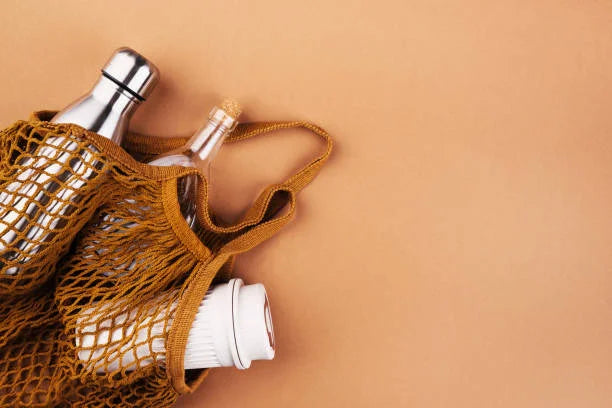
Infusiona y transporta
Prepara y transporta tus tés fríos, helados o calientes en nuestras botellas,...
-
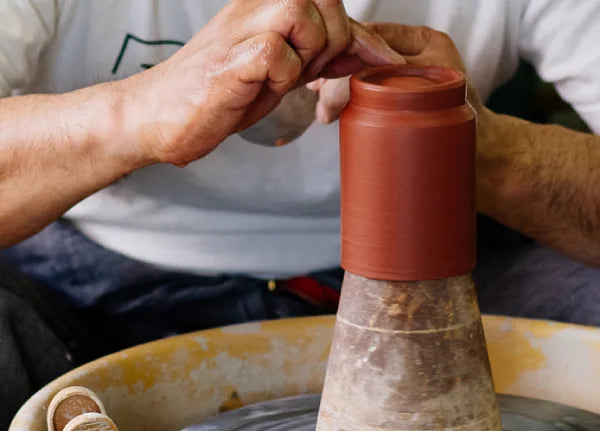
Tokonameyaki
Artesanía tradicional japonesa de la prefectura de Aichi.
-
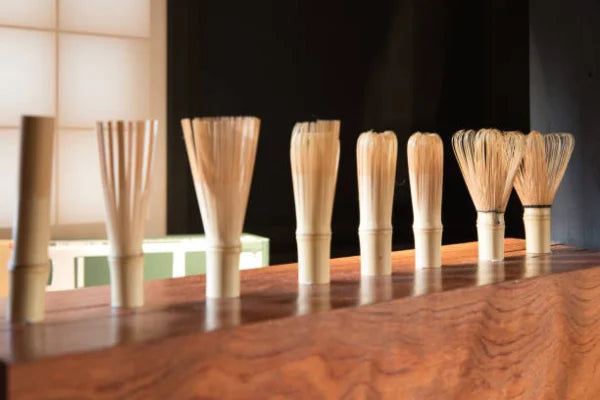
Utensilios
Descubre las herramientas ideales para preparar tus tés.
-
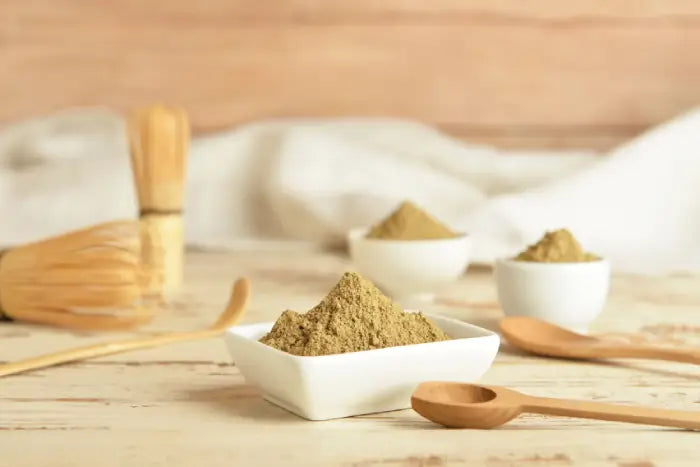
Té en polvo
Para beber, para mezclar y para disfrutar en la cocina.
-

Reduce y reutiliza
Repara tus objetos rotos, reemplaza el papel de regalo, cambia las piezas...
-

Producto del mes
Disfruta del producto del mes, descuento ya aplicado. Con un precio muy...
-
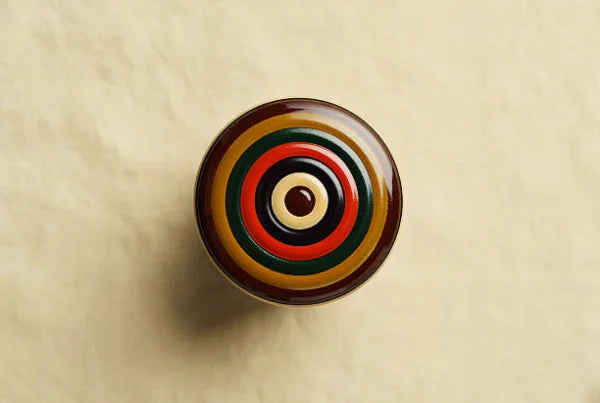
Conservación
Alarga la vida útil de tus tés favoritos, disfruta de su frescor...
-

Destacados
Packs exclusivos, ediciones limitadas.
-
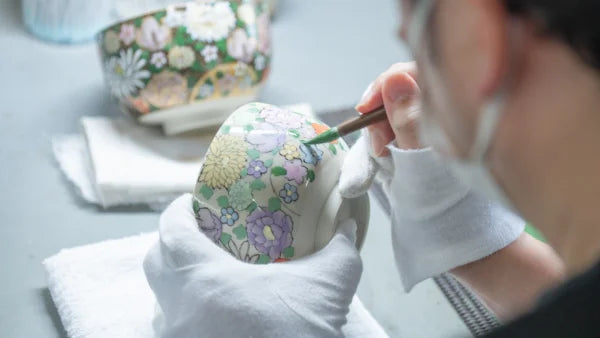
Kutaniyaki
Artesanía tradicional japonesa de la prefectura de Ishikawa.
-
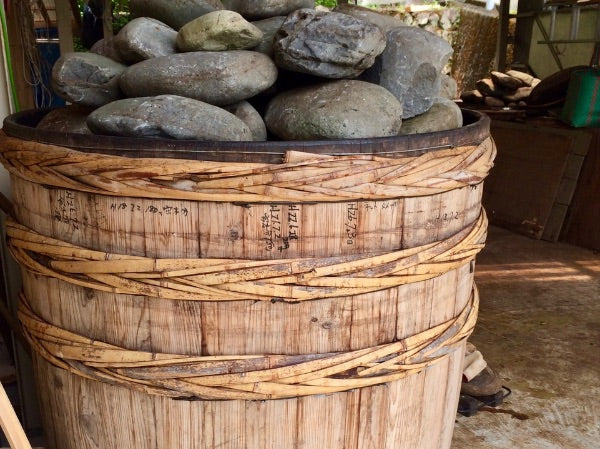
Cooperativas
En Japón existen cooperativas dedicadas a la elaboración de ciertos tipos de...
-
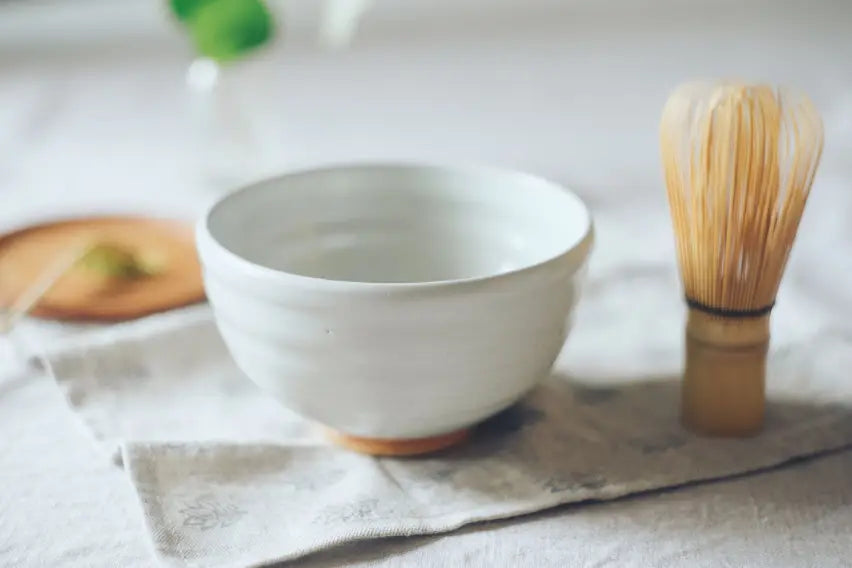
Packs de iniciación
Si acabas de descubrir el maravilloso mundo del té, felicidades. Déjanos acompañarte...
-

Experiencias
Socializa, diviértete, aprende y disfruta con nuestras experiencias sensoriales. Para tí o...
-
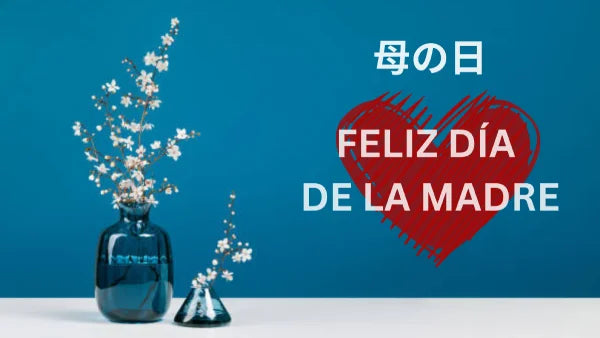
Día de la madre
Regalos únicos para esa madre tan especial.
-
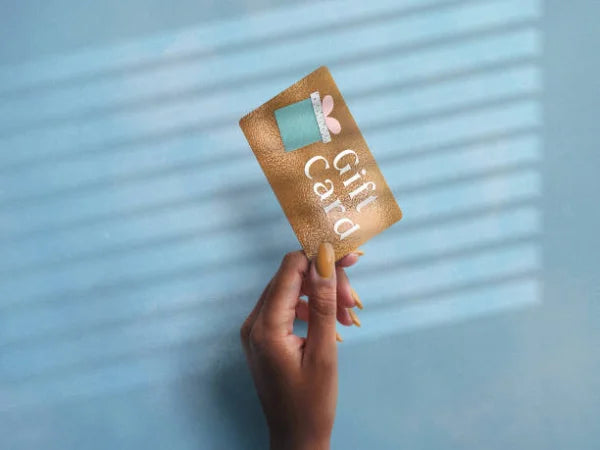
Tarjeta de regalo
Acierta siempre con nuestras tarjeta de regalo.
-
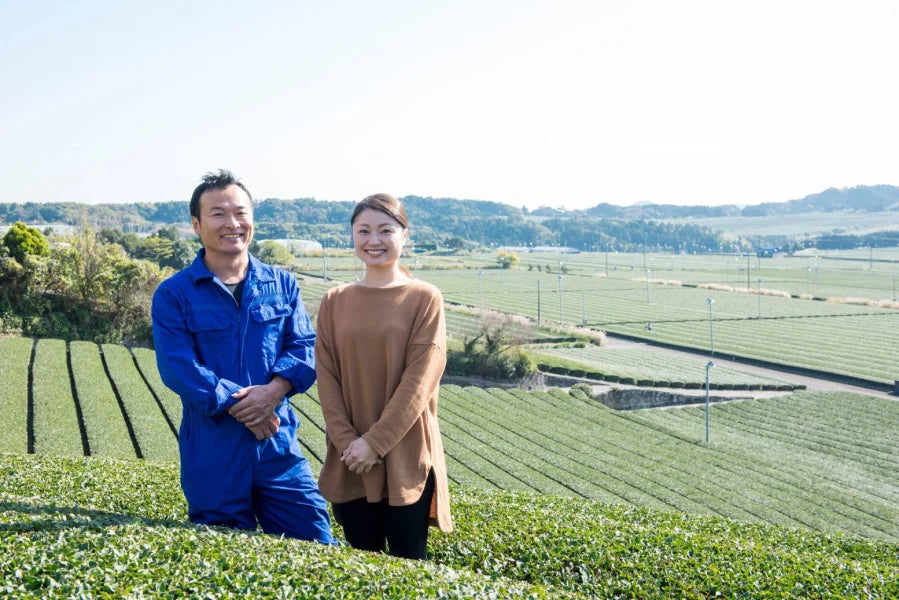
Matsumoto K
Familia Matsumoto, Shizuoka.
Los mejores productos de K-beauty
-
Parches hidrogel ShangPree perla negra
Proveedor:The Japanese Tea HubPrecio habitual 59,95€Precio habitualPrecio unitario / por -
Parches hidrogel baya de ginseng
Proveedor:The Japanese Tea HubPrecio habitual 39,95€Precio habitualPrecio unitario / por -
Tónico facial al salvado de arroz
Proveedor:The Japanese Tea HubPrecio habitual 37,95€Precio habitualPrecio unitario / por -
Mascarilla nutritiva a la flor de melocotón
Proveedor:The Japanese Tea HubPrecio habitual 31,95€Precio habitualPrecio unitario / por




